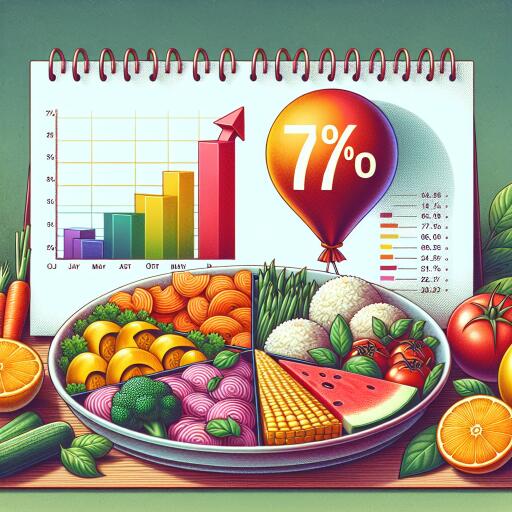Vegetarian Food Plate Costs Increased 7% in March: CRISIL
In a significant development in the food sector, vegetarian food prices experienced a 7% upswing in March, mirroring the increase observed in the preceding month. This hike is attributed to the notable price surge in essential kitchen staples such as onions, potatoes, tomatoes, alongside rice and pulses. The findings stem from CRISIL’s monthly assessment of food plate costs, which endeavors to offer insights into consumer food inflation trends ahead of the official retail inflation figures.
CRISIL’s analysis employs a unique methodology that calculates the average cost of preparing a thali (a traditional Indian meal plate) at home, considering the prevailing input prices across the diverse geographical expanse of India—north, south, east, and west. This approach not only reflects the regional variances in food consumption patterns but also serves as a critical barometer for evaluating the evolution of consumer food inflation.
Conversely, the cost dynamics for non-vegetarian food plates told a different story in March, witnessing a 7% decrease, a slight improvement over February’s 9% decline. This fluctuation was largely driven by a near 16% fall in broiler prices, which had previously soared. Despite this drop, the cost of a home-cooked non-vegetarian meal, where broiler accounts for half of the expenditure, escalated to a three-month peak of ₹54.9.
The escalation in vegetarian food costs can be significantly attributed to an acute spike in the prices of onions, tomatoes, and potatoes by 40%, 36%, and 22% respectively on a year-on-year basis. This upward trend has been linked to reduced market arrivals of onions and potatoes, coupled with a relatively low base for tomato prices in the prior fiscal year, as per the analysis by CRISIL Market Intelligence and Analytics.
Further complicating the inflation scenario were the rice and pulses, essential components that make up 22% of a typical home-cooked meal’s cost. Both commodities witnessed a 14% and 22% price surge, respectively. The inflation in these items was only marginally higher than what was recorded in February, reinforcing a consistent pattern of increase year-on-year.
In a slightly positive development, the absolute cost of a vegetarian meal dipped to a nine-month low of ₹27.3, despite the year-on-year increases. Additionally, when comparing month-on-month fluctuations, the cost of the vegetarian thali saw a modest decline of 1%, whereas the non-vegetarian plate registered a 2% increase. This variation can largely be attributed to a 6% increase in potato prices due to crop damages, while onion and rice prices remained relatively stable. Interestingly, broiler prices spiked by an estimated 5% from February levels, propelled by rising feed costs and a surge in demand during the Ramadan period.
The intricate dynamics between supply constraints, seasonal variations, and global economic factors continue to influence the cost of food plates in India. As consumers navigate through these fluctuations, insights such as those provided by CRISIL become indispensable, offering a glimpse into the potential trajectory of food inflation and its broader implications on household budgets.
